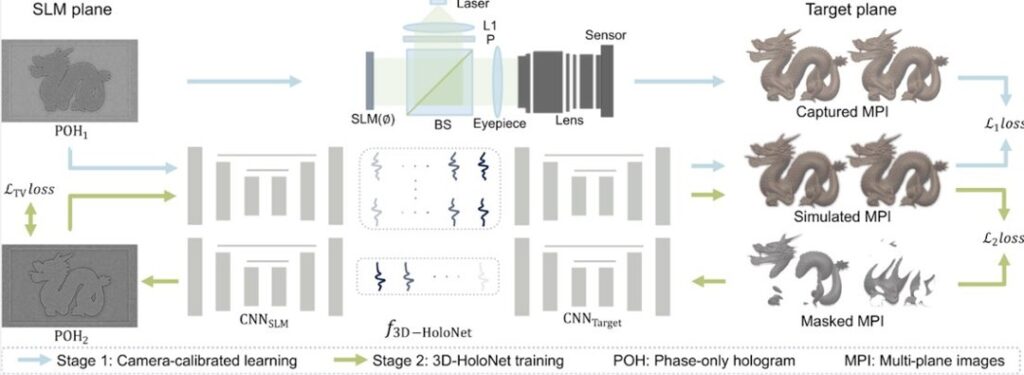TechTalk – Insights into Indoor Airflow during the Pandemic and Beyond: Measurement, Visualization, and Simulation
October 14, 2025 (Thursday) 4:00pm-5:00pm
Improving indoor air requires addressing source control, ventilation, and filtration. This presentation explores filter performance from both aerosol science and building science perspectives with a focus on how theoretical and laboratory-tested filtration efficiencies translate to filtration performance in real buildings. The removal of particulate matter is only part of the filtration story. Filters also have a variety of secondary consequences including emissions of gas-phase compounds and complicated impacts on energy use. Some of these secondary effects may have a positive impact, including the ability of filters to offer insight on air quality through filter forensics, the analysis of the particles that accumulate on the filter. Several examples of filter forensics for disease surveillance, exposure assessment, and ambient air quality are used to illustrate the hidden value in used filters. The COVID-19 pandemic further increased the attention paid to central and portable filtration in buildings and this presentation assesses new challenges and opportunities that arise from this renewed focus.










